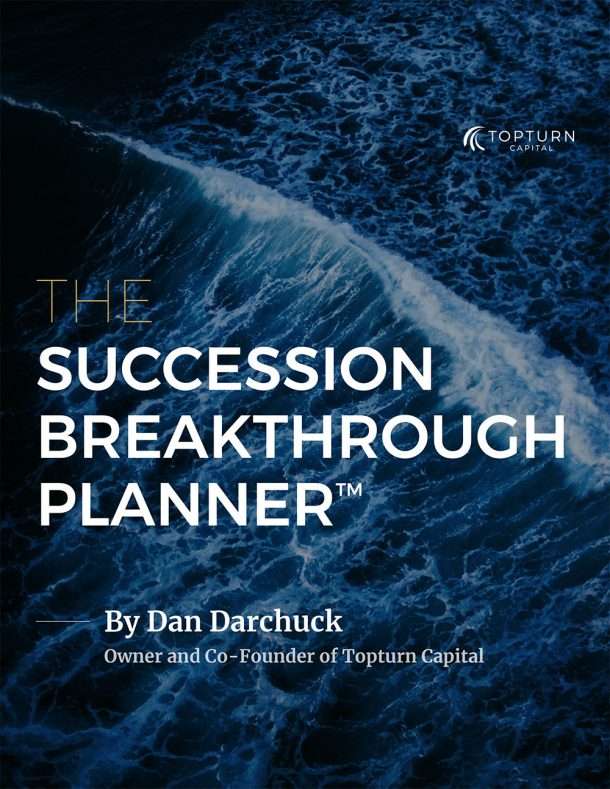Twenty years ago, I started in the investment industry. It was the peak of the Tech Boom, a time when it was rumored that a broker with a newspaper and a handful of darts could put together a portfolio as wildly successful as any experienced investment guru.
A client that was relatively new to us came into the office one day for a review. As he walked out the door, he said, “Buy me more tech stocks!”
On another day, I attended a firm training meeting. The presenter was telling us that while Morningstar has nine “style boxes” – the grid they use to provide a graphical representation of available investment styles – it was time to seriously consider a tenth box: Technology.
Through our own research, we discovered that many of the mutual fund managers of the day were suddenly heavily weighted in tech stocks. Even if they weren’t focused on large cap growth. Even if technology was not their mandate.
We know how that ultimately played out. The Tech Boom became the Tech Wreck. Losses in the NASDAQ were massive – so big, in fact, that it took until 2015 for it to return to its March 2000 high.
Imagine if you had chosen to put your last dollar in at the top of the market, in March 2000. It would have taken you 15 years to break even.
Following the Tech Wreck, unique products were born that were focused on limiting risk. From principal guarantees and protections to income-guaranteed annuities, people wanted to know they wouldn’t experience loss like that again, and they were willing to pay extra for it.
Most of these types of products were structured in such a way that if a market was going down, it would raise a level of fixed income to mature at a particular date, thereby ensuring that the company had principal to pay back to its investors.
The problem with this structure was that if your fund took on a lot of fixed income and then the market rebounded positively, it would never cycle back over because principal protection – not growth – was the focus. Many of these products heavily underperformed when the market started trending upwards, and were shut down or folded into another fund.
At the time, companies that had designed these were pushing them hard, because people were asking them. They would travel across the country to let us know that, really, these products worked and were easy – we just didn’t understand the math.
Not only did many of them not work, they bombed horribly. Lehman Brothers, one of the biggest issuers of these types of products, went out of business with many of these on the books, and investors received a fraction of their original capital.
The industry will always try to give investors what they ask for – but is it really what investors need?
When the market went crazy for Silicon Valley IPOs, investors wanted them so badly that they stopped asking for earnings or revenues or business plans. People were calling, demanding that all of their money be invested in an up-and-coming IPO… and we would say, “No, that’s not the right choice for you.” After the Tech Wreck, when many companies went belly up, they thanked us.
It even happened with housing, as it became popular to flip. Banks lowered their lending standards to satisfy clients, and then tried to mitigate their risk by packaging those mortgages in a way that was appetizing for investors. People wanted mortgages they couldn’t afford, and because of the demand, that’s exactly what they got. We all remember how that turned out.
Today, we see a big debate between passive and active management – index funds versus professional investment management. Since 2008, money has been flowing steadily out of actively managed funds – as much as $320B last year. Where is it going? Well, $253B of it flowed right into passive index ETFS or equity funds.
As the markets have been climbing, investors want passive management, and the reasoning behind it makes sense. Over the last 8 or 9 years, passive managers have outperformed active managers, on average. Passive investment works really well when the market is coming off the bottom or when there is a severe disruption. Asset prices are cheap, and correlations between asset classes are very high. If most stocks and even bonds are moving in the same direction, how is an active manager going to add value? Over the last several years, many have not.
But what’s different, today, from 8 or 9 years ago? Correlation has started to reduce; it’s now almost 50% of where it was 4 or 5 years ago. Not all stocks are moving together anymore. Diversification has become important again. Now is the time when active management, which uses techniques and skill to make great decisions, becomes extremely valuable.
It’s important to remember – in business and investing – that all the things that brought you here aren’t necessarily the things that will bring you there.
There was a time when investing in tech stocks was a no-brainer. There was a time when flipping houses was insanely easy. There was a time when passive index ETFs and mutual funds were the smart way to increase your portfolio value.
When the going starts to get really easy, when everyone you know (and possibly, their dog) are taking this route, that’s the time to start asking questions. That’s the time to take a different approach.
– Greg Stewart, CIO


